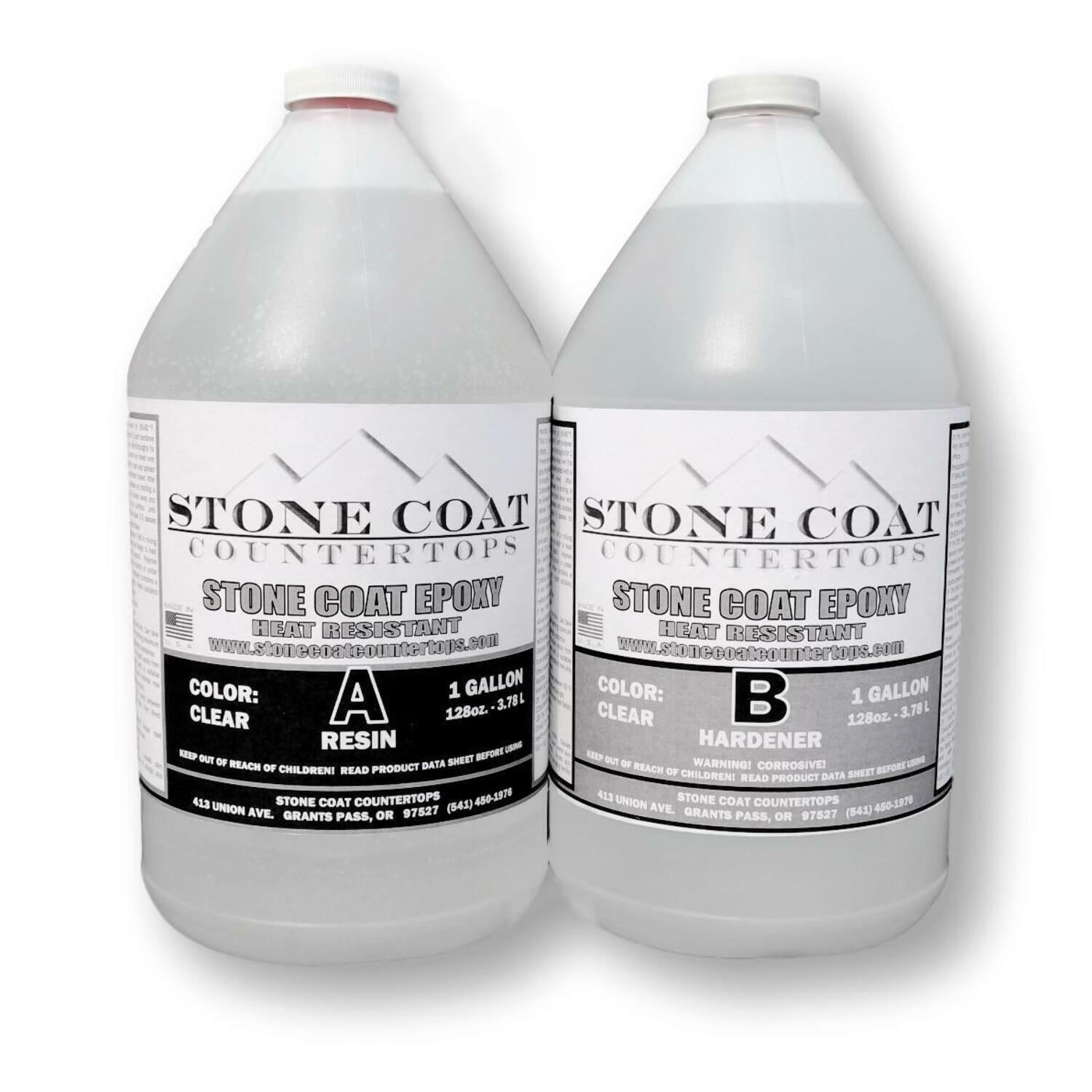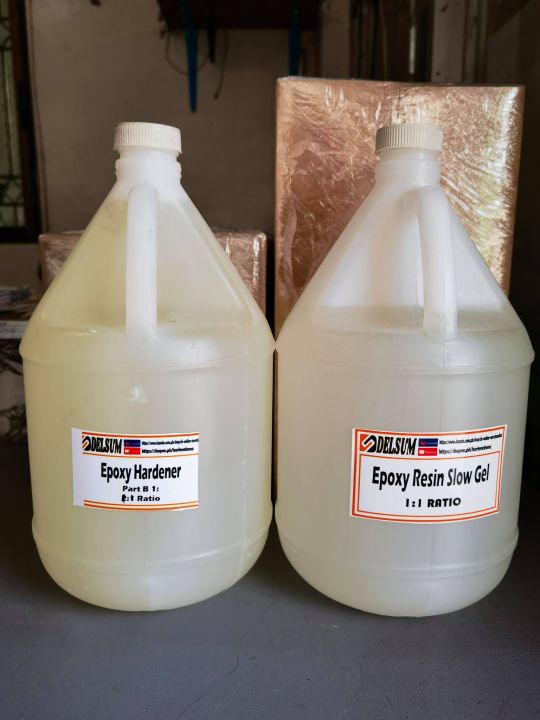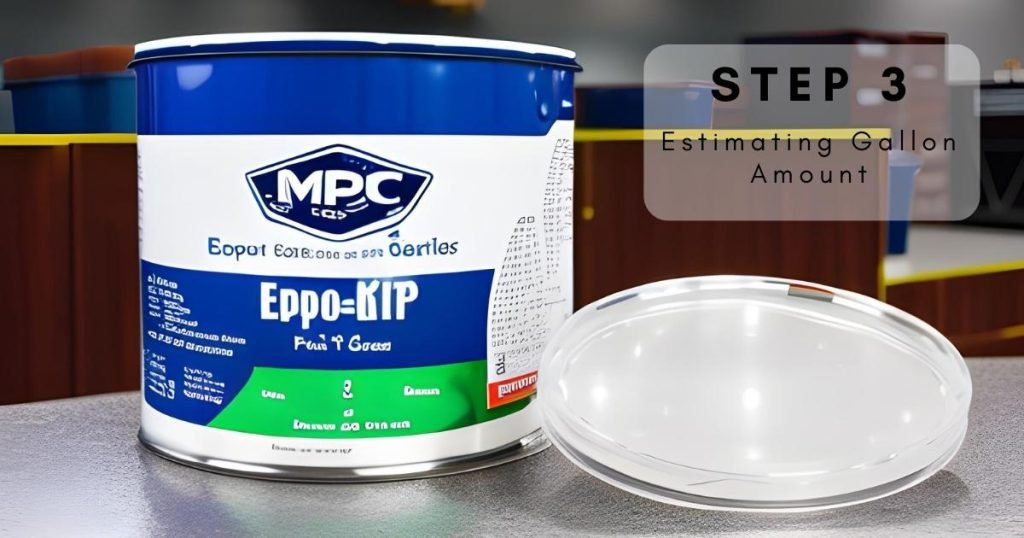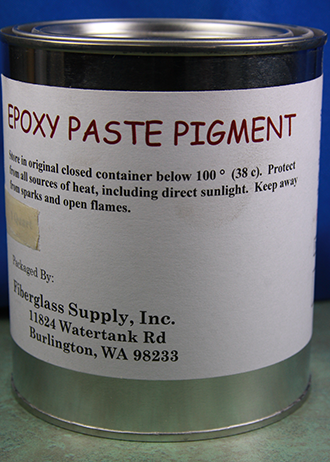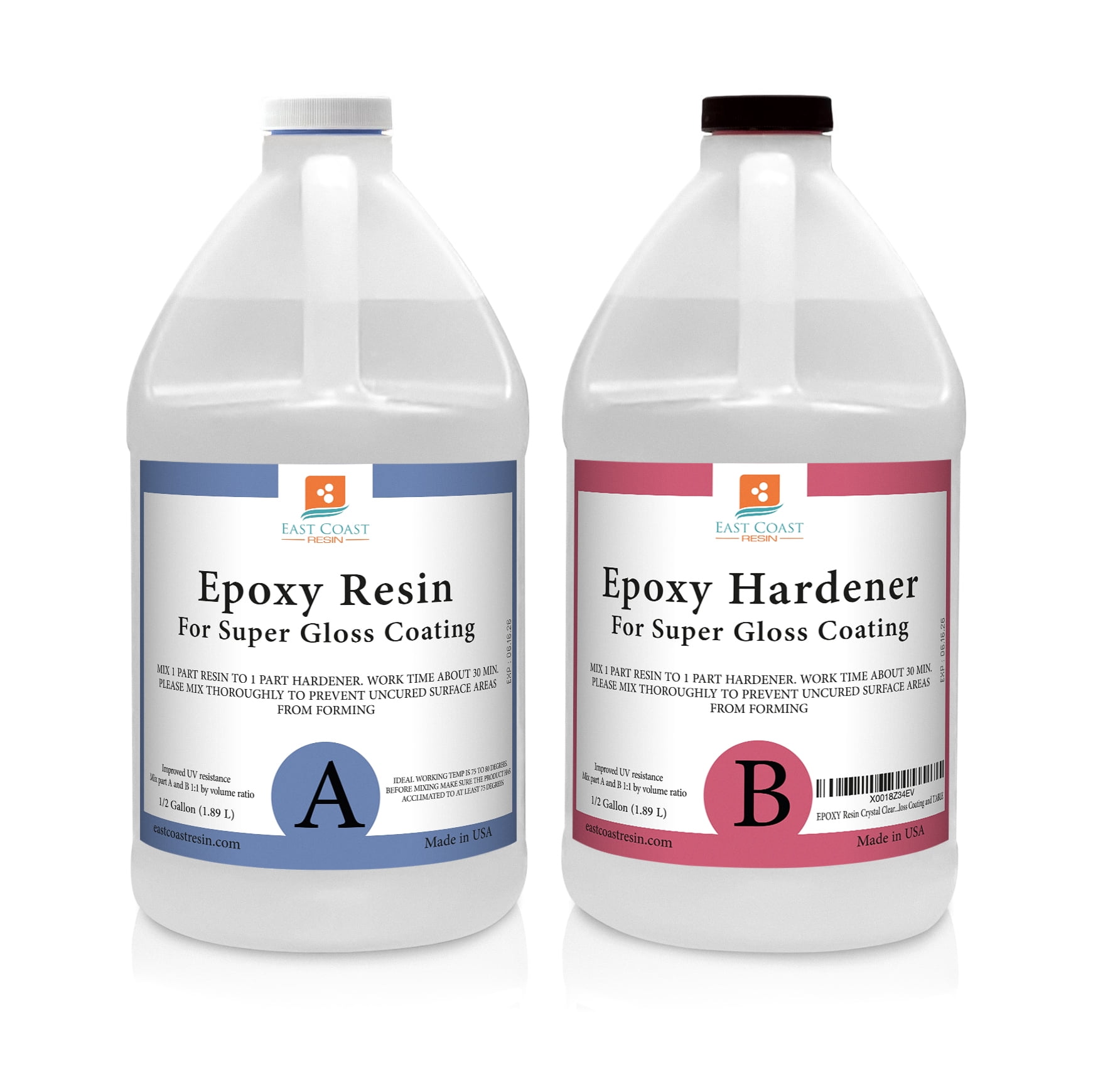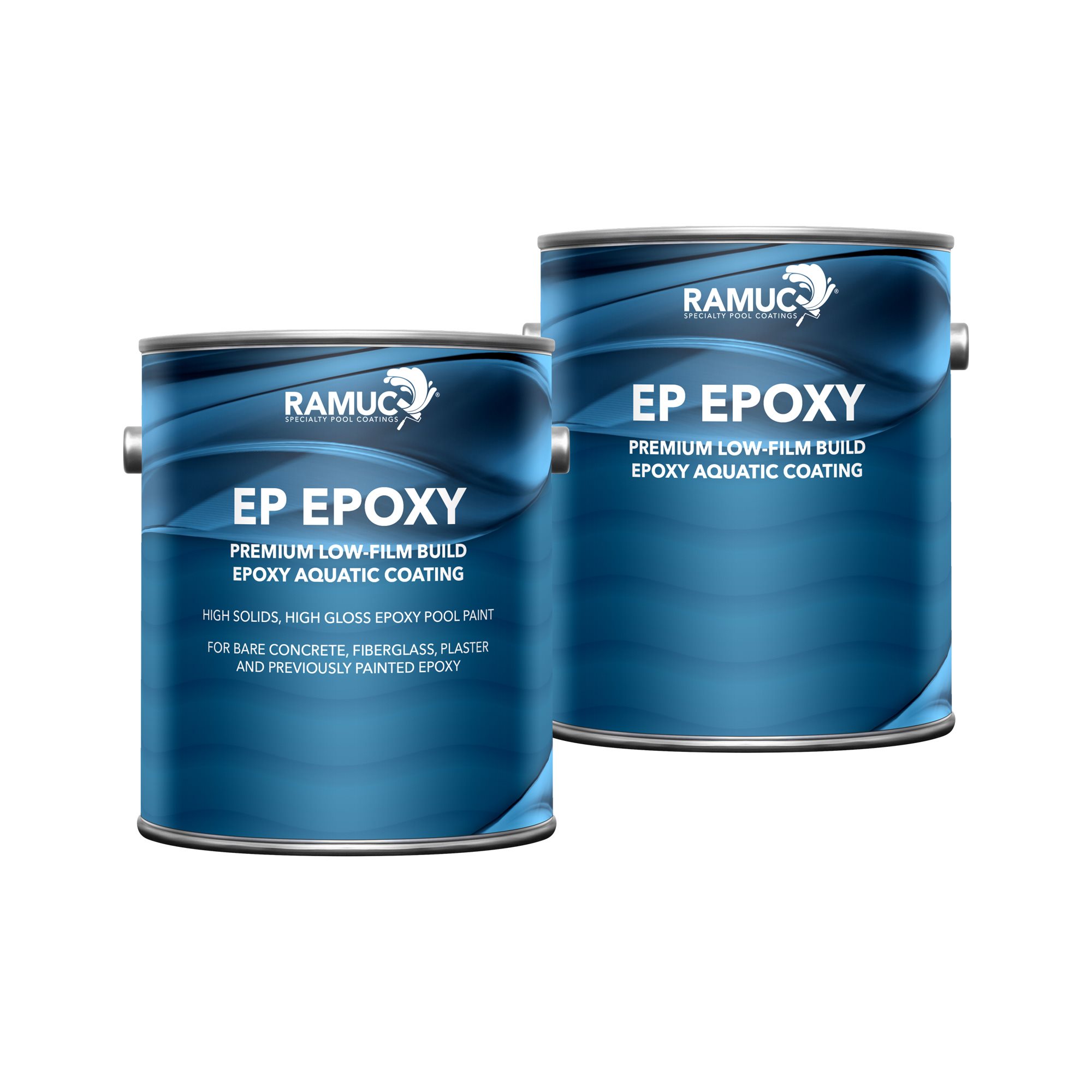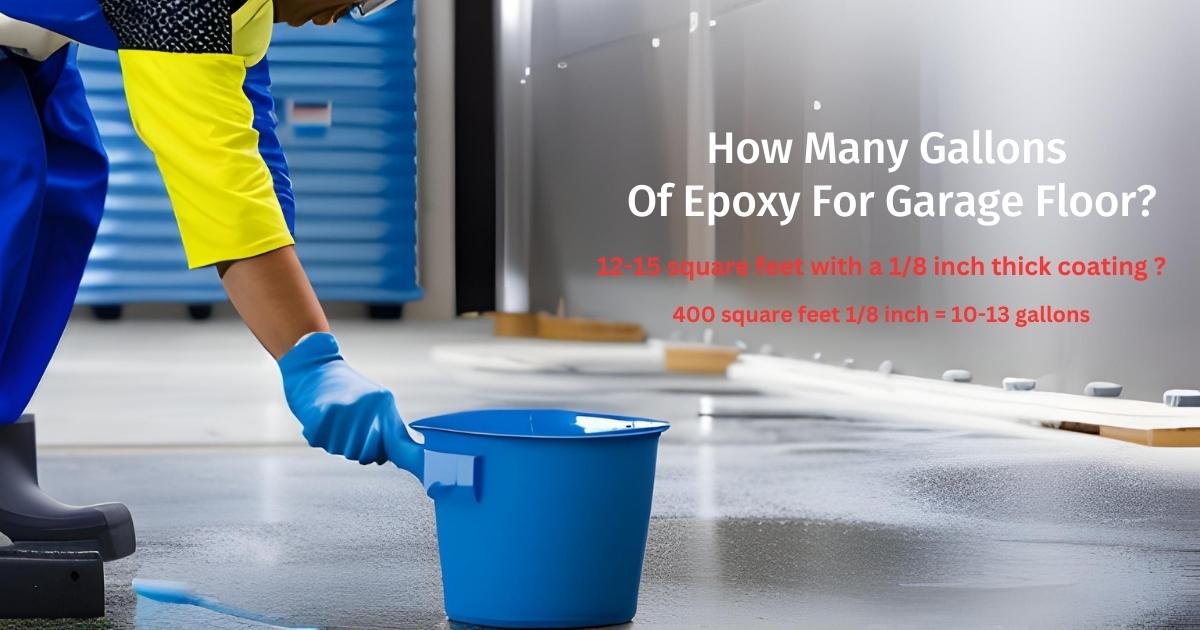How Much Is A Gallon Of Epoxy

The cost of epoxy resin, a versatile material used in everything from art projects to industrial coatings, is currently in flux, leaving consumers and businesses alike wondering about its fluctuating price per gallon.
Understanding the drivers behind these price swings and anticipating future trends is crucial for effective budgeting and project planning. The price of epoxy is a complex issue with many contributing factors.
Decoding the Epoxy Price Tag
The cost of a gallon of epoxy resin can vary significantly, ranging from approximately $30 to well over $200. This wide range depends on several key elements, including the type of epoxy, its quality, the brand, and the quantity purchased.
Specialty epoxies, such as those designed for specific applications like UV resistance or high-temperature environments, often command a higher price. Similarly, epoxies containing additives to enhance their properties, such as color pigments or fillers, will typically be more expensive.
Who determines the price? Manufacturers, distributors, and retailers all play a role in setting the final cost for consumers.
Key Price Influencers
Several factors influence the price of epoxy resin on the global market. Raw material costs, supply chain dynamics, and overall market demand are all significant drivers.
Epoxy resins are derived from petroleum products, so fluctuations in crude oil prices directly impact manufacturing costs. Disruptions to the supply chain, whether due to geopolitical events or logistical challenges, can also lead to price increases.
What factors are driving these fluctuations? Increased demand from industries like construction and automotive, coupled with ongoing supply chain vulnerabilities, are key contributors.
A Closer Look at Raw Materials
Bisphenol A (BPA) and epichlorohydrin are two primary raw materials used in the production of epoxy resins. The availability and price of these chemicals directly affect the cost of the finished product.
Recently, concerns about the environmental impact and potential health risks associated with BPA have led to increased scrutiny and regulations, potentially impacting its availability and driving up prices. Alternative raw materials are being researched, but their widespread adoption and impact on epoxy resin prices are still unfolding.
Why are raw material costs so important? They represent a significant portion of the overall manufacturing expense, making them a key determinant of the final price.
Supply Chain Disruptions
The global supply chain has experienced significant disruptions in recent years. These disruptions, including port congestion, shipping delays, and shortages of containers, have impacted the availability and cost of epoxy resin.
These issues are particularly acute for epoxies sourced from overseas. Increased shipping costs and longer lead times contribute to higher prices for consumers.
Where are the most significant supply chain challenges? Major shipping hubs and manufacturing regions in Asia and Europe have been particularly affected.
Demand and Market Dynamics
The demand for epoxy resin is influenced by the health of various industries that use it. Construction, automotive, aerospace, and electronics all rely on epoxy resins for various applications.
Increased activity in these sectors can lead to higher demand for epoxy, putting upward pressure on prices. Conversely, economic downturns can reduce demand and potentially lead to lower prices.
When do we see demand spikes? Periods of economic growth and infrastructure development typically lead to increased epoxy consumption.
Impact on Consumers and Businesses
The fluctuating price of epoxy resin affects a wide range of consumers and businesses. DIY enthusiasts, artists, manufacturers, and construction companies all feel the impact.
For small businesses, increased epoxy costs can erode profit margins and force them to raise prices for their own products or services. Individual consumers may need to adjust their project budgets or seek alternative materials.
How are businesses adapting? Some are exploring alternative materials, while others are negotiating long-term contracts with suppliers to mitigate price volatility.
Looking Ahead
Predicting future epoxy resin prices is challenging, but several trends suggest continued volatility. Geopolitical instability, environmental regulations, and evolving supply chain dynamics are likely to continue influencing the market.
Staying informed about these trends and exploring strategies to mitigate price risk is essential for businesses and consumers alike. Monitoring industry news, comparing prices from multiple suppliers, and considering bulk purchases can help manage costs.
What strategies can be used to mitigate risk? Diversifying suppliers, exploring alternative materials, and optimizing inventory management are all viable options.
Ultimately, the price of a gallon of epoxy resin remains a dynamic and multifaceted issue. Understanding the factors that influence its cost is crucial for making informed decisions and navigating the ever-changing market.
